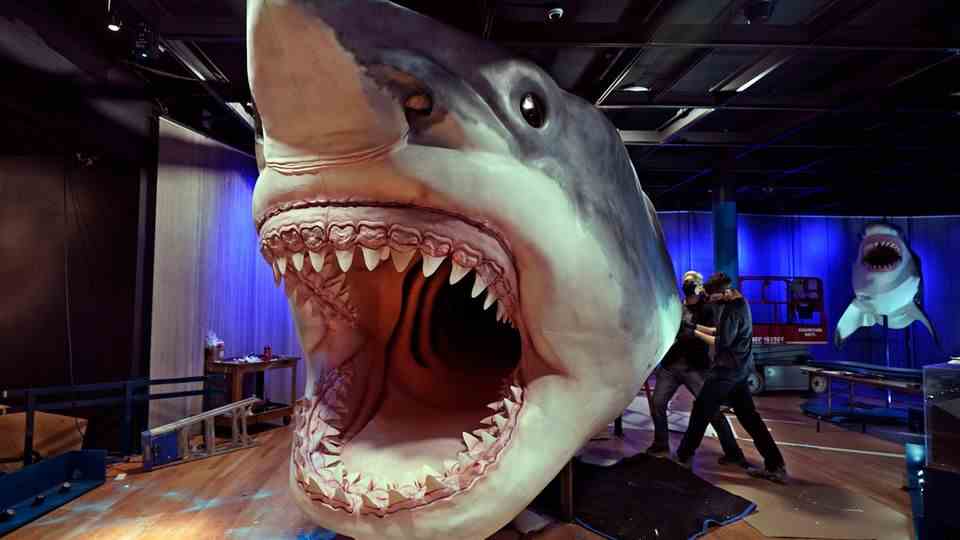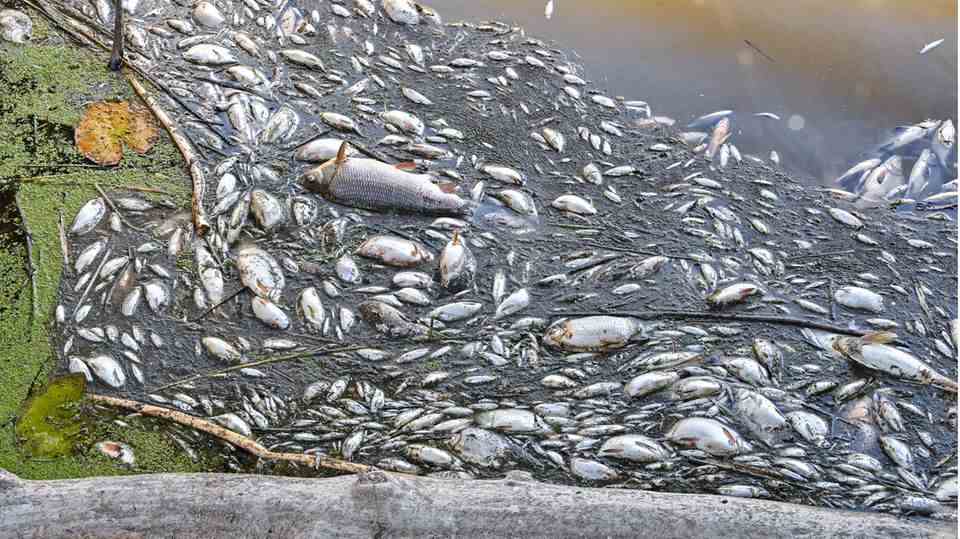Extinct Megalodon
It had huge teeth – Mega Shark could eat killer whales whole
The stomach volume of the megalodon basking shark is probably almost 10,000 liters and the daily energy requirement was more than 98,000 kilocalories
© JJ Giraldo
The basking shark was 16 meters long and weighed more than 61.5 tons. This made the megalodon the largest shark that ever lived. An international research team has now created a 3D model of the basking shark.
Its dimensions are gigantic: 16 meters long and weighing over 61.5 tons. The megalodon (Otodus megalodon) was the largest shark that ever lived. Its huge teeth seem to spring from the wildest imaginations of shark horror fans. However, there is no fossil evidence for the entire physique of the megalodon. An international research team has now created a 3D computer model based on an exceptionally well-preserved specimen.
According to a statement from the University of Zurich, the results suggest that the basking shark was able to completely swallow prey up to eight meters long – which is about the size of a killer whale, the current top predator of the seas. The ability to eat even large predators millions of years ago thus placed the megalodon higher up the food chain than today’s apex predators.

A model of a megalodon, an extinct basking shark, is being built at the American Museum of Natural History in New York
© Richard Drew/Associated Press/Picture Alliance
Anyone who can devour an animal as large as a killer whale not only needs large teeth, but also enough space in the abdomen. And that’s what de Megalodon had: its stomach volume must have been almost 10,000 liters and its daily energy requirement was over 98,000 kilocalories. After such a meal, he was then able to travel the seas for two months without any further food. According to the announcement, the megalodon could swim long distances at an estimated speed of around 1.4 meters per second.
Basking shark died about 18 million years ago
These findings of the international study in cooperation with the University of Zurich are based on the 3D modeling of a single specimen. It had died out in the Miocene oceans of present-day Belgium about 18 million years ago and was discovered in the 1860s. Much of the spine of this 46-year-old animal survives to this day.
The team, made up of scientists from Switzerland, the United Kingdom, the United States, Australia and South Africa, proceeded as follows: They measured and scanned each individual vertebra, reconstructed the entire spine and supplemented it with a 3D scan of a megalodon dentition the U.S. Using 3D scans of today’s great white sharks from South Africa, the researchers then added the skeleton to the “meat”.
According to the University of Zurich, the 3D model of the Belgian megalodon now serves as the basis for future reconstructions and further research. The knowledge gained from this would not only contribute to a better understanding of these unique super predators, but also to their function in marine ecosystems and the far-reaching consequences of their extinction.
source: University of Zurich


